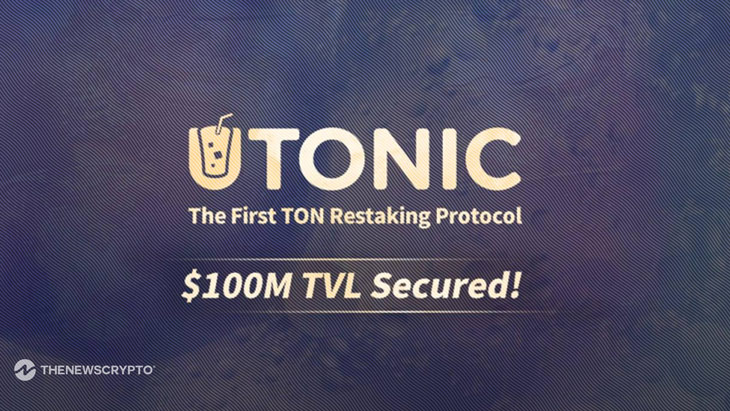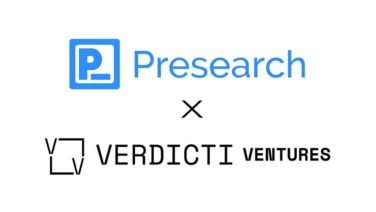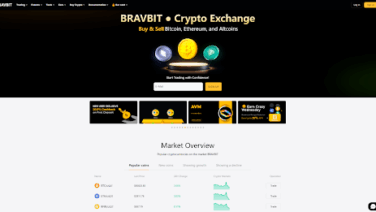Backed by leading innovators in the restaking space and The Open Network’s ecosystem—TonStake, iZUMi Finance, InfStones, SatLayer, and StakeStone, among others—UTONIC gives TON restakers the opportunity to earn triple yield (native validator yield, AVS yield, and farming incentives) and fosters ecosystem innovation by boosting network security, which eventually helps projects like sidechains, cross-chain bridges, and oracle networks. Through this project, UTONIC hopes to strengthen The Open Network’s ecosystem and promote shared security by decentralizing the operation of TON’s blockchain. Notable investors, validators, and institutions have committed a total of 100 million USD in TVL to TON’s restaking solution.
How Does It Operate?
By enabling users to repurpose their staked TON, UTONIC expands the applications for which the blockchain’s security is useful. Users may secure Actively Validated Services (AVS) inside UTONIC by reallocating staked assets and agreeing to offer extra enforcement privileges over their staked assets. With the opt-in feature, additional slashing conditions are introduced that are specifically designed to meet the requirements of verified services, such as oracles, cross-chain bridges, and data availability protocols. By enforcing everyone’s integrity, these slashing requirements preserve the security of pertinent applications.
Developers may provide incentives to operators to use their restaked TON for service procurement using the UTONIC protocol, which acts as a marketplace. This is a major improvement over the conventional method, where applications often have to create a new trust network from scratch and issue highly inflationary tokens as incentives for validators.
When compared to starting from scratch in developing a new system of trust network, UTONIC significantly reduces the amount of time and cost that developers must spend by using the security offered by restaked TON assets.
TON restakers will take part using the following methods:
- Native Restaking: Depositing a TON into UTONIC smart contracts gives stakers the opportunity to restake. These tokens will be used for TON staking participation. To restake the assets on UTONIC, operators will use the staked TON.
- LST Restaking: By just putting their Liquid Staking Tokens (LSTs) into UTONIC smart contracts, stakers may also choose to restake. The LSTs that have already been staked in protocols will be used by the operators, who will then restake those assets on UTONIC.
Users of uTON on DeFi, sidechains, and other platforms inside the TON ecosystem will get co-incentives from partners, and the integrated liquid restaking token, or LRT uTON, will be minted upon receipt of restaked TON in the UTONIC Protocol.
A technical proposal has been made by UTONIC to TON Research. Please see https://tonresear.ch/t/implementing-ton-restaking-the-utonic-approach/31441 for further technical information.
UTONIC’s Product-Market-Fit
Restaking of the TON token is essential as The Open Network expands quickly because it improves the ecosystem’s overall security and scalability. Since many native apps will still choose to employ a hybrid structure of both on- and off-chain procedures to reach hundreds of millions of consumers, it permits the usage of existing staked assets and processes in securing future dApps and services. By using the network’s current validators, the restaking approach builds a more reliable, adaptable, and cost-effective architecture without requiring more resources.
DeFi-Focused Background and Partners
UTONIC Protocol’s core team has been actively involved in DeFi and has been working hard to catch up with the requirement for restaking. Drawing inspiration from EigenLayer, UTONIC integrates innovation with TON’s distinct use-cases, enabling both individual token holders and TON’s validators to augment the security and scalability of local dApps.
Prominent restaking protocols and prominent participants in the TON ecosystem, such as TonStake, iZUMi Finance, InfStones, Satlayer, and Stakestone, have partnered with UTONIC Protocol to provide technical and advisory support.
Using Restaking to Imagine the Future of TON Blockchain
A period of low adoption cases and new users is being experienced by the cryptocurrency sector, which may be attributed to the global economic slowdown. The Telegram app’s mini-apps have helped the Open Network’s blockchain become more well-known, and the market is paying attention to the speculations that it will continue to add millions of new users.








